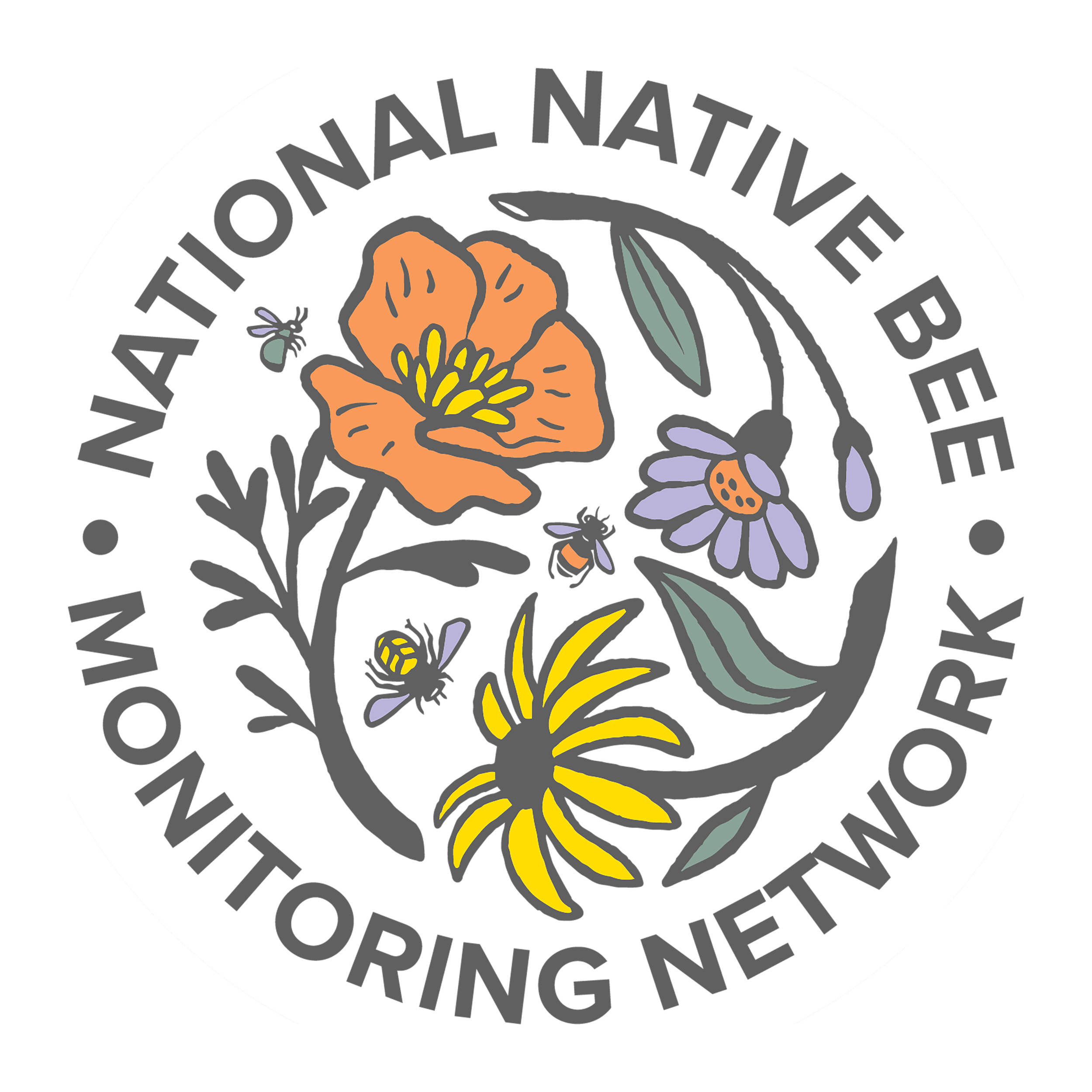Insights from UK efforts
Breeze, T.D., Bailey, A.P., Balcombe, K.G., Brereton, T., Comont, R., Edwards, M., Garratt, M.P., Harvey, M., Hawes, C., Isaac, N., Jitlal, M., Jones, C.M., Kunin, W.E., Lee, P., Morris, R.K.A., Musgrove, A., O'Connor, R.S., Peyton, J., Potts, S.G., Roberts, S.P.M., Roy, D.B., Roy, H.E., Tang, C.Q., Vanbergen, A.J., and C. Carvell. 2021. Pollinator monitoring more than pays for itself. Journal of Applied Ecology 58: 44-57. doi.org/10.1111/1365-2664.13755 (pdf)
Creedy, T.J., Norman, H., Tang, C.Q., Chin, K.Q., Andujar, C., Arribas, P., O’Connor, R.S., Carvell, C., Notton, D.G., and Vogler, A.P. 2020. A validated workflow for rapid taxonomic assignment and monitoring of a national fauna of bees (Apiformes) using high throughput DNA barcoding. Molecular Ecology Resources 20(1): 40-53. doi.org/10.1111/1755-0998.13056 (pdf)
Hutchinson, L.A., Oliver, T.H., Breeze, T.D., Bailes, E.J., Brunjes, L., Campbell, A.J., Erhardt, A., de Groot, G.A., Foldesi, R., Garcia, D., Goulson, D., Hainaut, H., Hamback, P.A., Holzschuh, A., Jauker, F., Klatt, B.K., Klein, A.-M., Kleijn, D., Kovacs-Hostyanski, A., Krimmer, E., McKerchar, M., Minarro, M., Phillips, B.B., Potts, S.G., Pufal, G., Radzeviciute, R., Tscharntke, T., Vereecken, N.J., Westbury, D.B., Westphal, C., Wietzke, A., Woodcock, B.A., and M.P. Garratt. 2021. Using ecological and field survey data to establish a national list of the wild bee pollinators of crops. Agriculture, Ecosystems and Environment 315: 107447. doi.org/10.1016/j.agee.2021.107447 (pdf)
O'Connor, R.S., Kunin, W.E., Garratt, M.P.D., Potts, S.G., Roy, H.E., Andrews, C., Jones, C.M., Peyton, J.M., Savage, J., Harvey, J. Harvey, M.C., Morris, R.K.A., Roberts, S.P.M., Wright, I., Vanbergen, A.J., and C. Carvell. 2019. Monitoring insect pollinators and flower visitation: the effectiveness and feasibility of different survey methods. Methods in Ecology and Evolution 10(12): 2129-2140. doi.org/10.1111/2041-210X.13292 (pdf)
Staley, J.T., Redhead, J.W., O'Connor, R.S., Jarvis, S.G., Siriwardena, G.M., Henderson, I.G., Botham, M.S., Carvell, C., Smart, S.M., Phillips, S., Jones, N., McCracken, M.E., Christelow, J., Howell, K., and R.F. Pywell. 2021. Designing a survey to monitor multi-scale impacts of agri-environment schemes on mobile taxa. Journal of Environmental Management 290: 112589. doi.org/10.1016/j.jenvman.2021.112589 (pdf)
